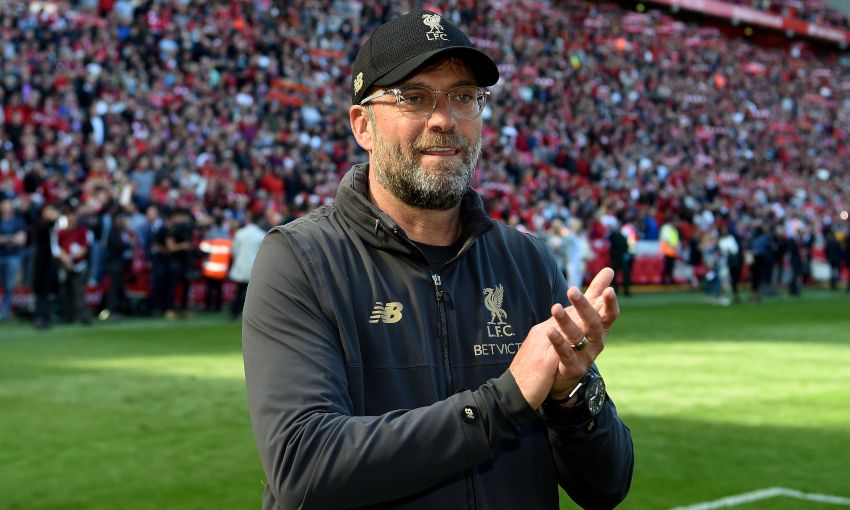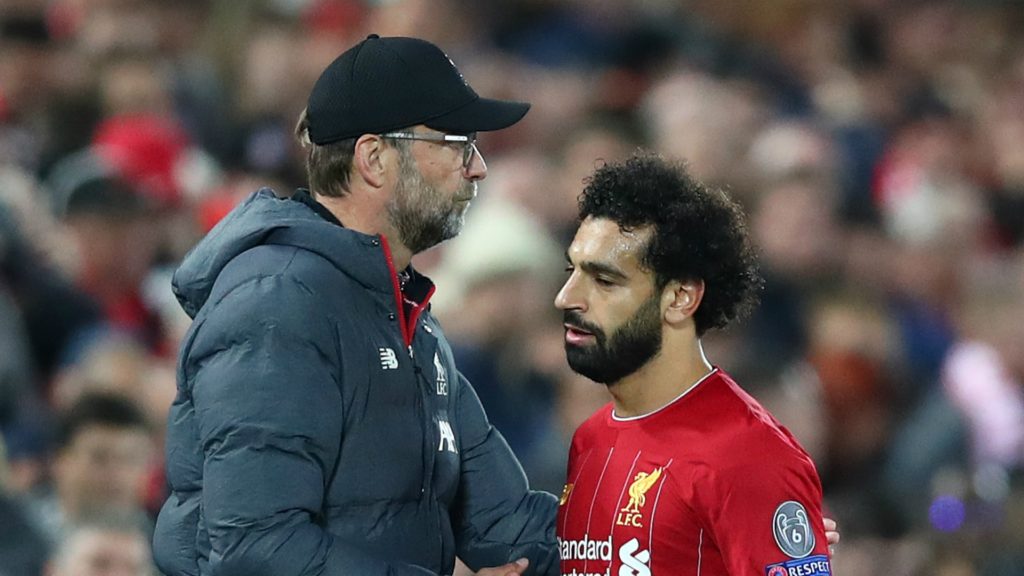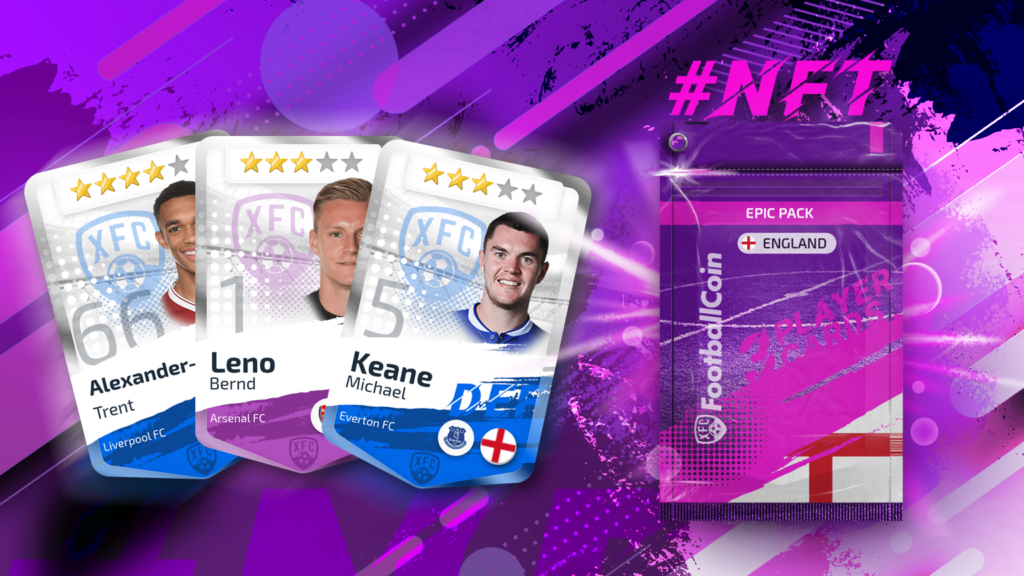Liverpool’s beautiful playing style was matched only by their inventiveness on the sidelines. Making use of data science, and highly specialized staff, the Reds earned a huge advantage before even one minute of football had been played.
Here are some of the unsung heroes, and underrated methods that contributed to Liverpool’s triumph.
Data science, Moneyball and gaming the system
Jurgen Klopp’s Liverpool, more than any other major club, embraced science whole sale. The plan was to bridge the gap between themselves and their rivals without breaking the bank. It worked!
- Jurgen Klopp spent just £424 million on transfers for Liverpool.
- Pep Guardiola, manager of Manchester City, spent over nearly £700 million during the same period.
- Jose Mourinho used nearly the same budget as Jurgen Klopp in his two-year term as Manchester United manager.
Fenway Sports Group is the owner of Liverpool FC. They are supporters of the use of data science.
These techniques were pioneered by Billy Beane, General Manager for the Boston Red Sox in 2002. The team was owned by Fenway.
Moneyball, as it was later called, prioritized the use of objective data feeding complex algorithms, over typical scouting methods. It sparked a revolution in professional baseball and the story was even adapted to cinema.
Liverpool’s research division

Jurgen Klopp is known to get the best out of his players. His judgment of player potential helped the team sign great talent. His man-management skills have helped many players reach their full potential.
Still, Klopp’s well-educated group of researchers, that form much of his backroom staff, deserve just as many praises.
- Ian Graham is the director of the club’s research division. A doctor in theoretical physics, Graham’s analysis lead to the transfers of Mohamed Salah and Naby Keita to Liverpool.
- Tim Waskett, an astrophysicist and statistical researcher, is tasked with finding ways to optimize all the time spent on the pitch. Passes, tackles, throw-ins, etc. are analyzed minutely, in a mathematical manner.
- William Spearman, a doctor in philosophy, uses math and physics research to guarantee Liverpool FC, so-called pitch control.
Optimizing every part of Liverpool’s game
Mister William Spearman reminds us that in football no amount of research can guarantee certainty. Still, Liverpool’s method of optimizing even the most minute details has undoubtedly helped in their success.
- Thomas Gronnemark is Liverpool’s throw-in coach. This was an area of play rarely prioritized by teams.
Gronnemark’s work, however, has helped players like Trent-Alexander Arnold and Andrew Robertson develop this aptitude. In turn, throw-ins have proven an asset to Liverpool.
- Dr. Barry Drust, an expert in sports and rehabilitation techniques worked as a science consultant for the club.
- Nutritionists, physiotherapists, masseurs, and rehab coaches all work with Liverpool’s players on a frequent basis.
Character and mental attributes used in scouting process
Jurgen Klopp has managed more than assemble a team of fine footballers. The players are known to have a very good relationship with each other. Discipline concerns have rarely been an issue since Klopp took over as manager of the club.
Liverpool’s scouts deserve praise for this. Dave Fallows and Barry Hunter were responsible for scouting Mohamed Salah while at AS Roma.
They recommended him, seeing not only untapped potential on the pitch, but a personality that could gel easily with the rest of the group.

It’s a new and exciting time for sports research and Liverpool is leading the charge. The Premier League title and last year’s Champions League winners medals prove that science is not only needed in professional sports. In 2020, it’s a vital ingredient for success.














